1. Introduction: The Power of Perception in Shaping Reality
Perception is the lens through which we interpret the world around us. It shapes our understanding of reality, influencing decisions, attitudes, and societal norms. While perception is inherently subjective, it is also profoundly shaped by external factors, including history and art. These cultural elements serve as silent architects, constructing collective biases and societal narratives that persist over generations.
Understanding how odds and biases are formed—and how they can be challenged—is essential for fostering a more informed and equitable society. By exploring the roots of perception, we can better recognize the subtle influences that shape our worldview and learn to critically evaluate them.
To navigate the complex terrain of societal perceptions, it helps to consider their historical and artistic foundations, which often operate beneath conscious awareness.
Contents
2. Historical Roots of Perceptions: How Past Events Shape Present Views
Historical events leave indelible marks on societal perceptions. For instance, social policies such as segregation laws and discriminatory venues like the Cotton Club in the 1920s played a significant role in shaping racial stereotypes. The Cotton Club, while famous for its jazz performances, was a symbol of racial segregation, showcasing how entertainment spaces often reinforced societal divides. These policies and practices contributed to entrenched perceptions of racial hierarchies that persist today.
Historical narratives also influence contemporary stereotypes. For example, portrayals of different ethnic groups in media or literature often reflect and reinforce biases rooted in specific periods. Recognizing the historical context behind these perceptions is critical; it reveals how societal biases are constructed over time and underscores the importance of challenging them.
Research in social psychology indicates that awareness of historical roots can reduce prejudice. For example, a study published in the Journal of Social Issues (2015) found that education about historical injustices decreases implicit biases and fosters empathy. This underscores the value of historical literacy in perception management.
3. Art as a Mirror and Molder of Society
Art functions both as a mirror reflecting societal values and as a tool shaping perceptions. Jazz, for instance, emerged as a revolutionary art form that challenged racial stereotypes in the early 20th century. Performers like Louis Armstrong and Duke Ellington broke racial barriers, using music to promote cultural integration and challenge segregationist attitudes.
Moreover, popular culture continuously influences societal perceptions. Films, music, and visual arts can reinforce stereotypes or serve as catalysts for change. For example, the portrayal of women in media often oscillates between objectification and empowerment, reflecting evolving societal norms.
A linguistic example of art’s influence is the phrase “the bee’s knees”. Originating in the jazz age, this expression encapsulates a cultural moment where slang and language captured the exuberance and innovation of the art scene. Such phrases become embedded in language, shaping perceptions and attitudes over time.
4. Language and Cultural Symbols: Building Perceptions Through Words and Phrases
Language is a powerful vessel for cultural perception. Terms like “gigolo”, which emerged prominently in the 1920s, carry social implications about gender roles, sexuality, and economic status. These words do not develop in isolation—they reflect societal attitudes and reinforce stereotypes.
Symbols and phrases transmit cultural perceptions across generations. For instance, the phrase “the lady in red” symbolizes femininity, allure, and sometimes danger. Such symbols influence how society perceives gender roles and attractiveness, perpetuating stereotypes or fostering new narratives.
Research in semiotics shows that symbols serve as shorthand for complex social attitudes. Understanding their origins and usage helps us critically evaluate current perceptions, fostering greater cultural literacy.
5. Modern Illustrations of Perception: The Case of “Lady In Red”
The “Lady In Red” remains a potent cultural symbol, often associated with femininity, mystery, and allure. Its image has been perpetuated through media, fashion, and music, influencing societal perceptions of femininity. For example, the iconic song “Lady in Red” by Chris de Burgh (1986) cemented this archetype in popular consciousness.
This portrayal connects to historical themes of perception—how visual cues and media shape ideas of attractiveness and desirability. The dress’s color, red, historically symbolizes passion and power across cultures, reinforcing specific stereotypes about women and allure.
Modern fashion and media continue to perpetuate or challenge these stereotypes. For instance, the portrayal of women wearing red in advertising often emphasizes sexuality, yet some campaigns aim to redefine strength and independence associated with the color. This ongoing dialogue illustrates how perception is actively constructed and contested.
For more insights on how cultural symbols shape perceptions, exploring website can offer further perspectives on the influence of visual and cultural symbols in societal narratives.
6. Non-Obvious Dimensions: Cognitive Biases and Perception Engineering
Beyond obvious influences, cognitive biases distort our perceptions in subtle ways. Confirmation bias leads us to favor information that aligns with existing beliefs, reinforcing stereotypes. Stereotype threat can cause individuals to conform to societal expectations, affecting behavior and self-perception.
Perception engineering—deliberate manipulation of perceptions—operates extensively in media, advertising, and political narratives. Techniques like framing, priming, and visual symbolism influence public attitudes without overt awareness.
Practical strategies to recognize biases include questioning initial impressions, seeking diverse perspectives, and critically evaluating media sources. Cultivating awareness helps individuals challenge ingrained perceptions and develop a more nuanced understanding of societal issues.
7. The Interplay Between Odds and Perception: Chance, Bias, and Societal Norms
Society’s structure influences individual perceptions through the odds—statistical and structural advantages or disadvantages. Historical policies like segregation created societal norms that continue to impact attitudes today. For example, neighborhoods segregated by race or economic status shape perceptions about different groups, often perpetuating stereotypes.
Research indicates that exposure to diverse environments reduces bias, but societal odds often limit such interactions. Recognizing these influences enables critical thinking and fosters empathy.
Strategies to address perceptual distortions include education, exposure to diverse narratives, and policy reforms aimed at reducing structural inequalities. Building awareness of how odds shape perceptions is essential for societal progress.
8. Conclusion: Unlocking Odds Through Awareness and Artistic Reflection
The interconnectedness of history, art, and perceptions underscores the importance of cultural literacy. Recognizing how societal narratives are constructed allows individuals to question stereotypes and biases actively.
Education and critical engagement foster resilience against perceptual distortions. As seen through symbols like the “Lady In Red,” art and media serve as reflections and agents of societal change. By understanding these influences, we can better navigate the complex web of perceptions shaping our world.
“Awareness of historical and artistic influences empowers us to challenge biases and foster a more inclusive perception of society.”
Continuous reflection and critical thinking are vital. Engaging with cultural narratives thoughtfully allows us to uncover hidden biases and promote societal equity. For further exploration of how symbolism and perception intertwine, visiting website can provide additional insights into the power of cultural symbols in shaping perceptions.

